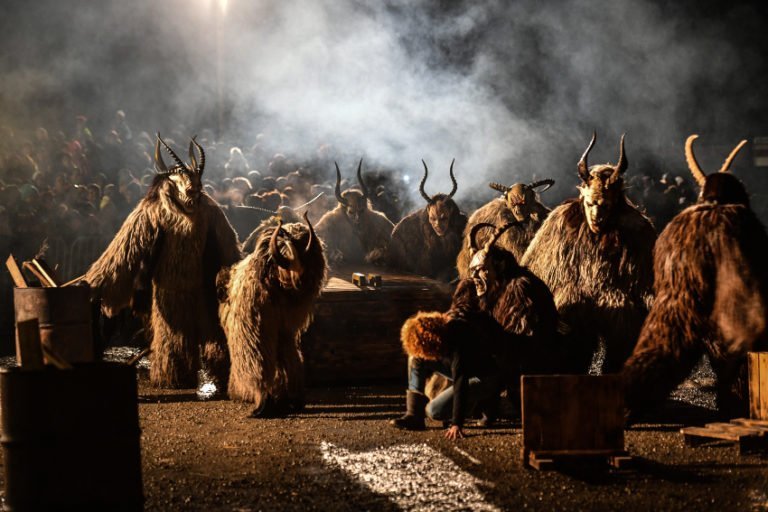Contenus
ToggleIn short
La Saint Knud est une fête traditionnelle célébrée en Suède et en Finlande le 13 janvier. Il n’est pas célébré à cette date au Danemark bien qu’il porte le nom du prince danois Knud (Knut, Canute) Lavard, et plus tard également associé à son oncle, Knud le Saint, le saint patron du Danemark. Les arbres de Noël sont abattus et les bonbons et biscuits qui décoraient l’arbre sont mangés. En Suède, la fête organisée lors de cet événement est appelée fête de Knud (julgransplundring, littéralement « pillage de l’arbre de Noël »).

Saint Knud, premier roi chrétien de scandinavie
En Suède, la Saint-Nicolas marque la fin de la période de Noël et des fêtes de fin d’année. Il est célébré en sortant le sapin de Noël et en dansant autour de lui. De nos jours, la fête est principalement réservée aux enfants.
Le jour de nuutinpäivä (Saint Knud), une tradition a été observée qui est quelque peu analogue au Père Noël moderne, où les jeunes hommes habillés en chèvres (finnois : nuuttipukki) visitaient les maisons. Habituellement, la robe était une veste en fourrure inversée, un masque en cuir ou en écorce de bouleau et des cornes. Contrairement au Père Noël, Nuuttipukki était un personnage effrayant (Krampus). Les hommes habillés en nuuttipukki erraient de maison en maison, entraient et demandaient généralement de la nourriture au ménage et en particulier des restes de boissons alcoolisées.
À moins que Nuuttipukki ne reçoive un salaire de l’hôte, il commet de mauvaises actions. Un proverbe dialectique de Noormarkku dit : Hyvä Tuomas joulun tua, paha Knuuti poijes viä ou ‘Le bon [Saint] Thomas apporte Noël, le mal Knut [le] l’emporte.’
Social networks
Today, the Swedes and Finns celebrate Saint Knud's Day. It marks the end of the end-of-year holidays, we rob the Christmas tree and dress up as Nuuttipukki. #mythology #myth #legend #calendar #13January #saintknud #nuuttipukki #sweden #finland
Picture
